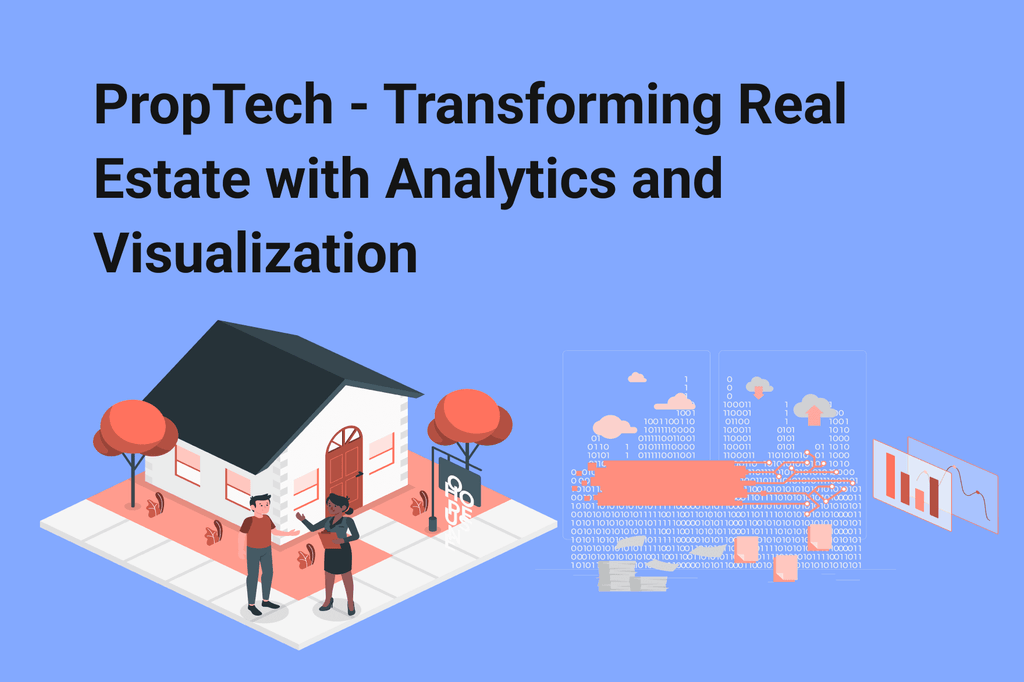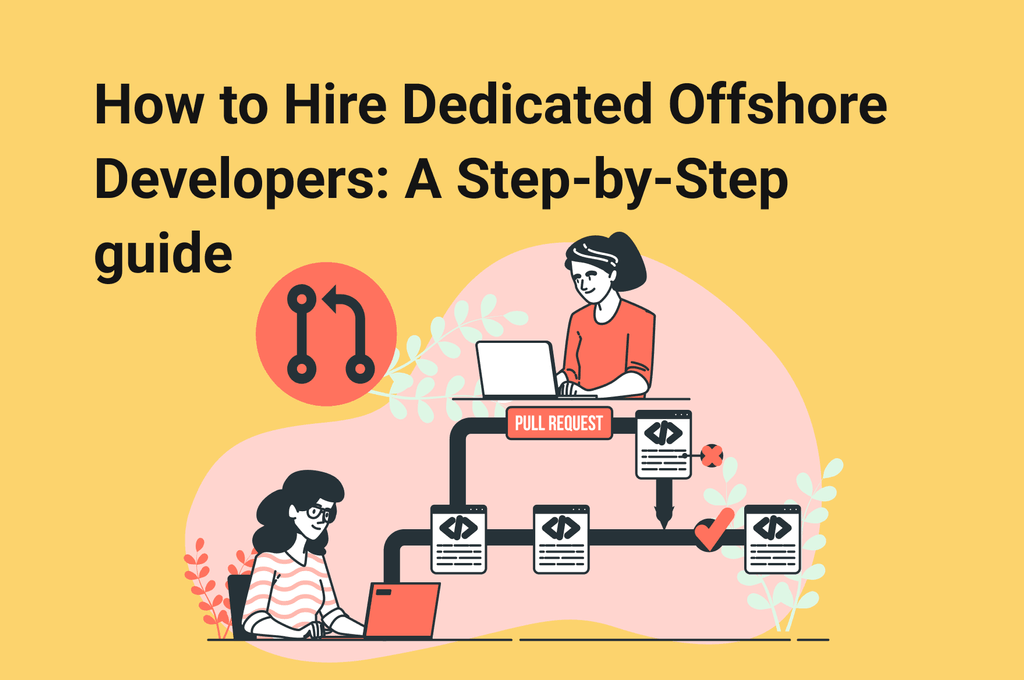
Don’t know where to start?
We will advise you on the best way to realize your idea, leveraging our expertise
FAQ
What is Gatsby development, and how is it different from traditional CMS platforms?
Gatsby development is a static site generator powered by modern web technologies such as React, GraphQL, and Node.js. Unlike traditional CMS platforms, Gatsby generates pre-built pages and assets that are rendered as is, cutting the load on the server and boosting the overall website speed.
How does Gatsby development improve a website's loading speed and SEO optimization?
Gatsby's website caching, image optimization features, and code splitting options allow for dynamic content loading, while the content's pre-rendering ensures that all pages are SEO-friendly. Faster website load times are a key factor considered by Google's site speed ranking algorithm, and Gatsby development hits two marks with one shot, boosting SEO optimization along with the loading speed.
What are some successful examples of big business websites that run on Gatsby?
Some well-known websites that run on Gatsby include IBM Developer, Smashing Magazine, Airbnb, and NASA. These websites utilize Gatsby's scalability, security, and speed to provide fast and engaging user experiences while offering advanced features such as search, booking, and review sections.
Table of contents:
Want to estimate your app idea?




